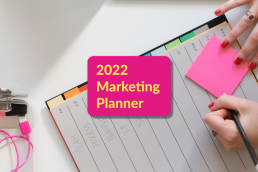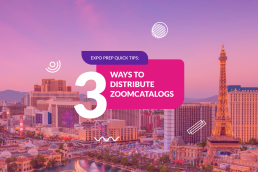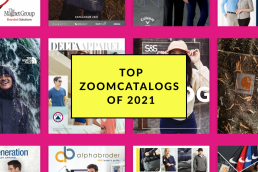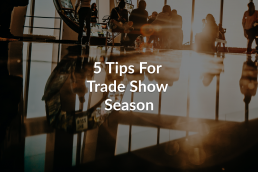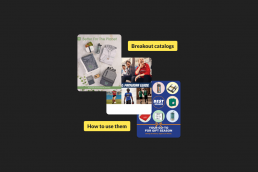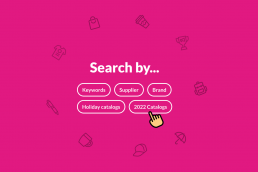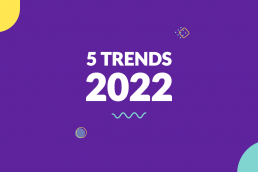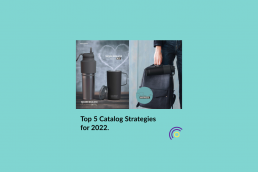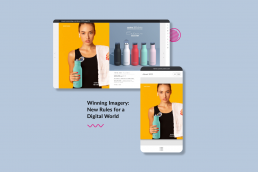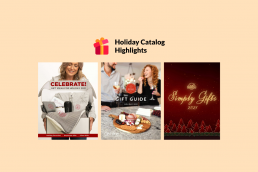2022 Promotional Products Marketing Calendar
Promote early and promote often. Schedule your campaigns two to three months prior to the start of these events to give your customers…
3 Simple Ways to Distribute Your ZOOMcatalog at Expo
These quick tips will show you how to get your ZOOMcatalogs into the hands of your distributors.
Top ZOOMcatalogs of 2021
The top 20 most viewed ZOOMcatalogs of the year. Who made the list? Who topped this list? Find out...
5 Tips for Trade Show Season
We’ve put together a list of tips and best practices to help you squeeze as much value out of your time at the show as possible.
Case Study: Label Works’ Story Board Flyers
Label Works is reimagining the value of a flyer. Moving beyond the basic sales circular, their new Story Board series showcases themes and…
Our Favorite Apps for 2022
It’s not a secret: here at ZOOMcatalog, we’re a bunch of tech nerds. We’re always trying out the latest apps and newest digital tools, and…
Breakout Catalog Strategies
Thanks to the speed and affordability of digital catalogs, there’s no reason to chain yourself to a doorstopper. Niche suppliers have been…
Back to Basics: Searching for Catalogs & Flyers
Did you know you can find more than catalogs on ZOOMcatalog? – you can find exactly what you’re looking for. With our advanced search…
5 Promotional Products Trends to Know in 2022
What trends will continue into the next year? What are we not willing to go back to and what are we ready to change?
5 Tips for Building the Perfect Catalog Strategy
We see a lot of different catalogs throughout the course of our day. Like, a lot a lot. Being the first to see the innovations and…
Winning Imagery: New Rules for a Digital World
When it comes to catalogs – either digital or print – you can’t deny that pictures do a lot of heavy lifting. Effective marketing relies on…
5 Holiday Catalog Highlights
With the holidays coming up fast, we wanted to give you a sample of the fun and inspiring seasonal catalogs from your favorite industry…

